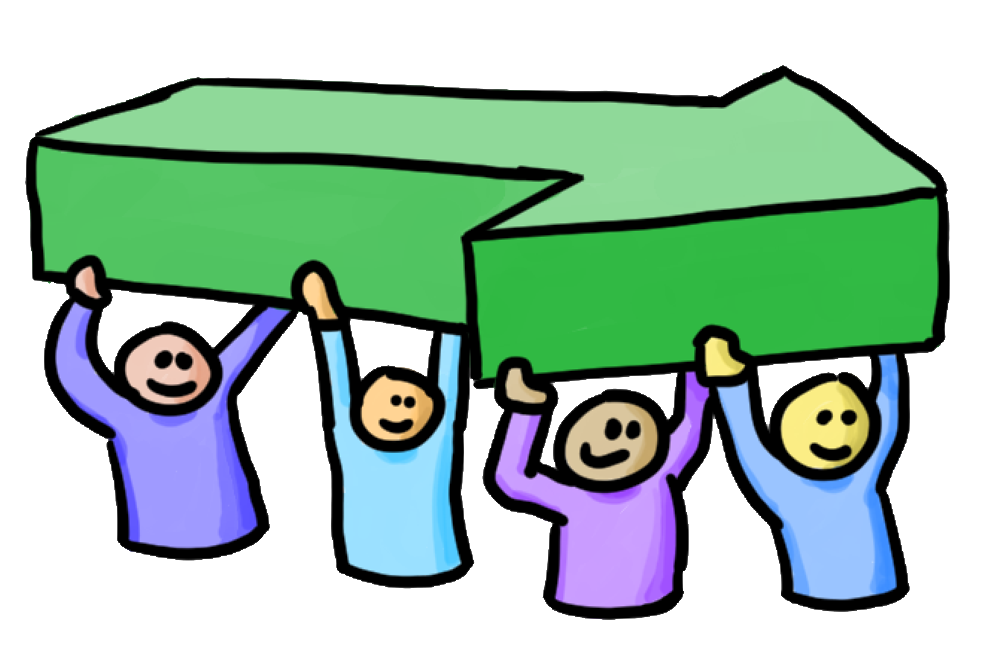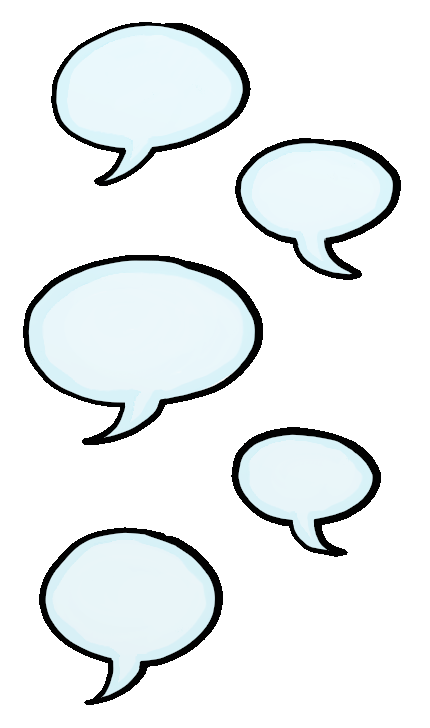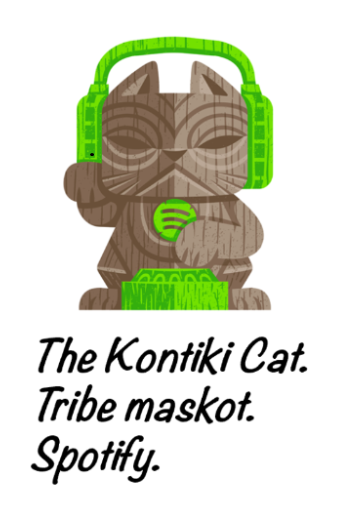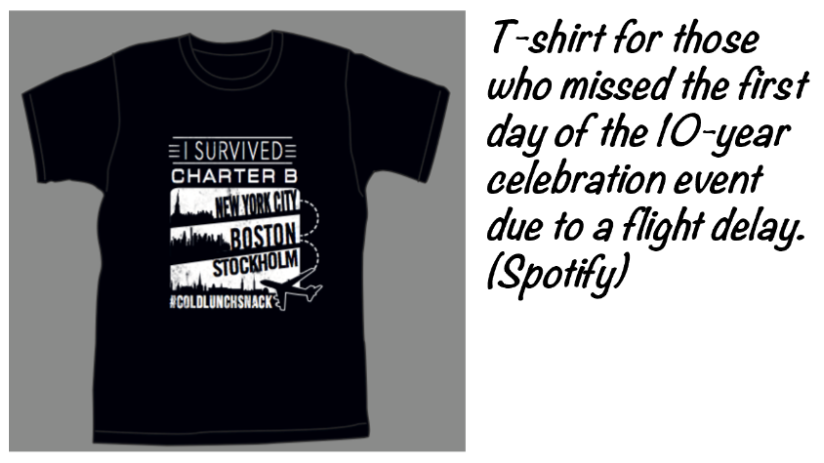2. Build a shared identity
Why it matters
As humans we search for belonging, to be part of something bigger than our immediate family or team. We thrive in a context. As leaders, we need to consciously and intentionally build that shared identity.
As David Logan states in his book Tribal Leadership from 2011:
Birds flock, fish school, people “tribe”, that’s just what they do. What makes some tribes more effective than others is culture.
Furthermore, Jurgen Appelo states that:
It is very hard to have a sense of belonging to a community when the community doesn’t have a clear name and image.
Being part of a bigger context is a basic need. Without one I might either get depressed, disoriented or check out. Or I might establish my own exclusive and informal network of people I like and trust.
Being part of a “tribe” with a shared purpose helps us collaborate towards shared outcomes. Without an explicit identity or belonging I will create my own meaning. In the long run, this might give room for many conflicting agendas, competing informal hierarchies, conflicts, politics happening in pre-meetings and protectionism over “my budget”.
A shared identity can be built with a shared vision, a visual language and branded swag* and local traditions (see Practice 3: Make it real for more on Establish Traditions).
* Swag – T-shirts, mugs, blankets, pens, pins, etc with an image, logotype or slogan given to employees and/or teams for free.
How it works
Practice 1: Create a shared vision
Create a shared vision that clearly communicates what unites us, what we strive towards, the purpose we are on a mission to fulfil. It should not only be described in targets and numbers, it needs to be emotionally appealing so that we can relate to it and be engaged by it.
A good and clear vision doesn’t only guide us, it also brings us together. And perhaps even more importantly, helps each person decide if this is where I want to be. Is this where I want to engage, grow in my career and be my best in order to contribute to us succeeding on our shared mission?
It will also help you find and recruit people who can contribute to your mission and strengthen your strategy on your journey to success.
Is your vision crisp and clear? Does it communicate…
- What change do we want to bring to the world (or our community)?
- How do we bring about that change?
- Who do we want to be ourselves? (Example McDonalds: We offer career opportunities to young people. And as a company, we are big enough to make an impact.)
Practice 2: Define shared goals
Define shared goals and objectives. What are we collaboratively trying to accomplish with our shared resources?
The opposite of shared goals are objectives for Quality Assurance, target metrics for Marketing, OKRs for the product managers, milestones for Design, etc. What we want are shared goals as a company, for the department and for our teams.

Shared goals invite collaboration and a shared responsibility for success and failure. Without them we will see competing individual agendas, battles over budgets, conflicts with winners or losers. No sense of us. No joint discussions on how we succeed together and resorting to blame games when things go wrong.
Shared goals unite us and bring us together. They give us a reason to create a shared culture with shared values. Honouring and living by these values establishes the foundation for collaboration and becomes part of our long-term strategy for success.
There will always be subcultures in teams and “tribes”, and in informal communities. These are shaped by context and the members of the teams. A sense of identity and belonging is crucial for great collaboration. Subcultures are okay and should even be encouraged, as long as the subculture isn’t exclusive or in conflict with the core values.
Practice 3: Communicate. Communicate. Communicate.

Creating a shared vision and defining shared goals is not, by far, enough! That’s just step zero. Step one, two, three, four and five are about communication.
Present them. Talk about them. Follow up progress on them. Make videos about them. Write an internal article about them. Make posters.
And then repeat. Once you’re tired to death of talking about them, you probably should do it as many times more.
Many times, what is perceived as lack of engagement or opposition to change is actually a symptom of lack of clarity. It’s hard to support or rally around something that isn’t clear or comprehensible.
Practice 4: Allow teams to create their own identity
Being invited to build your own identity as a team or a tribe is a powerful method to create a sense of belonging, of “us”, which is crucial for good teamwork.
During the kick-off for a new team, dedicate time during the offsite for the team to design their own identity.
Allow them to choose their name together as a team. Some companies require that the name is descriptive and helps others understand what the team does. Other organizations allow teams to come up with any name they like.
A team might also design their own logotype, craft a tagline for the team or agree on a mascot.
Practice 5: SWAG

Take every opportunity to create a t-shirt to commemorate an important event, stickers that show which “tribe” you belong to, mugs with team names and logos, pins for participating in a Hack Week.
When I’m proud of what I do, I want to be able to show this. I want to show others where I belong.
Practice 6: Visual Language
Our visual language tells a lot about how we want to be perceived. It sets a tone, can convey a message of strictness, creativity, cleanness, playfulness, professionalism or innovation.
Build a visual language for presentation, posters, books and digital material. Create templates and a library of visual elements such as illustrations, emojis, clip art, etc. that are accessible for everyone and easy to use. Update them regularly so it feels fresh and fun to use them.
Practice 7: Encourage local identities
There is no such thing as one culture. Cultures will vary and manifest itself differently for different offices, countries, departments, tribes, functions, teams and internal communities. All attempts to enforce the exact same culture everywhere, to cast in the same mold, is futile. Don’t work against local culture, support it.
Instead, allow for local cultures to form. One might feel a sense of belonging on different levels – for example to the team, to the office and to the company. They mean different things for us and offer us contexts.

Encourage local identities in the form of tribe t-shirts, office art, conference room naming, etc.
AND build your global identity, culture and core values. Both are needed.
References
Tribal Leadership: Leveraging Natural Groups to Build a Thriving Organization, Logan Dave, Halee Fischer-Wright, John King, 2014
Identity Symbols, Appelo Jurgen
The Culture Code, Coyle Daniel, 2018
